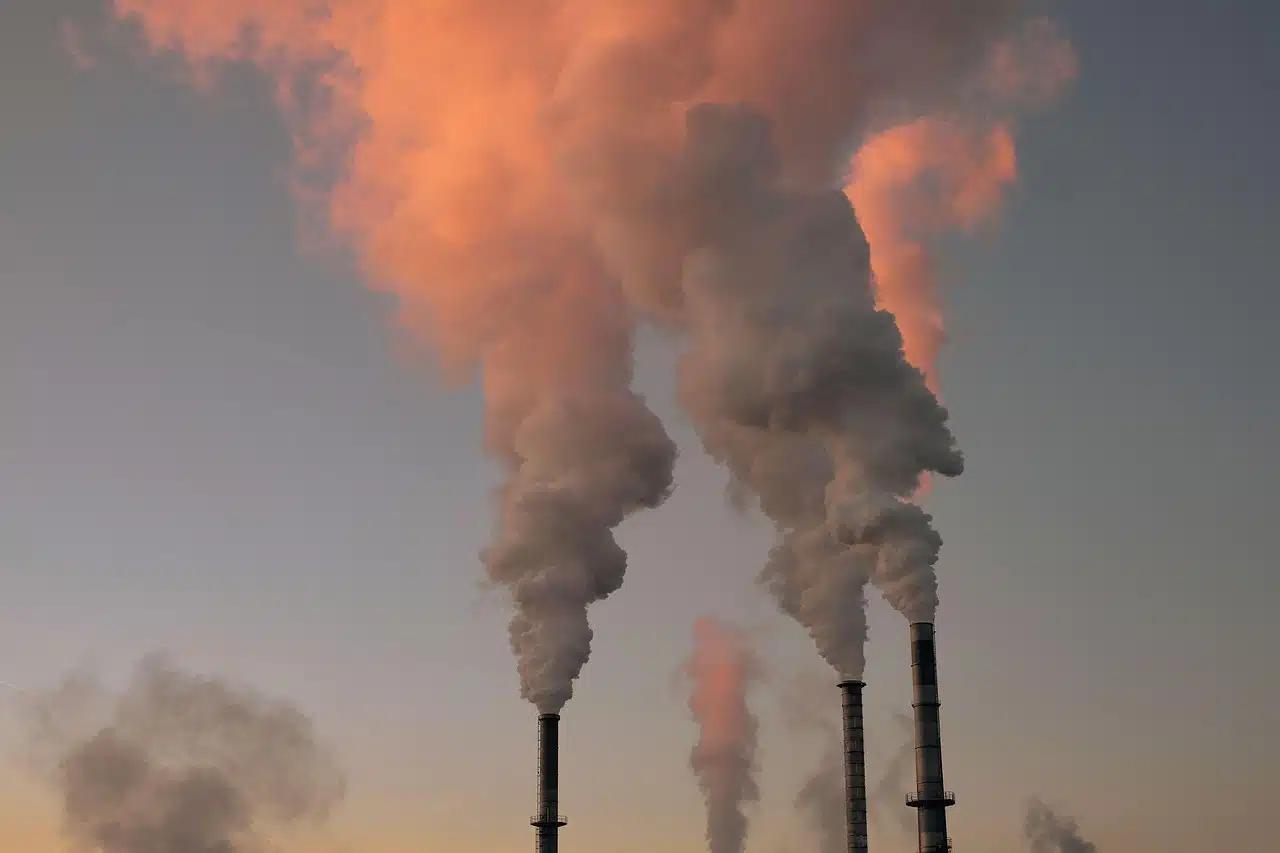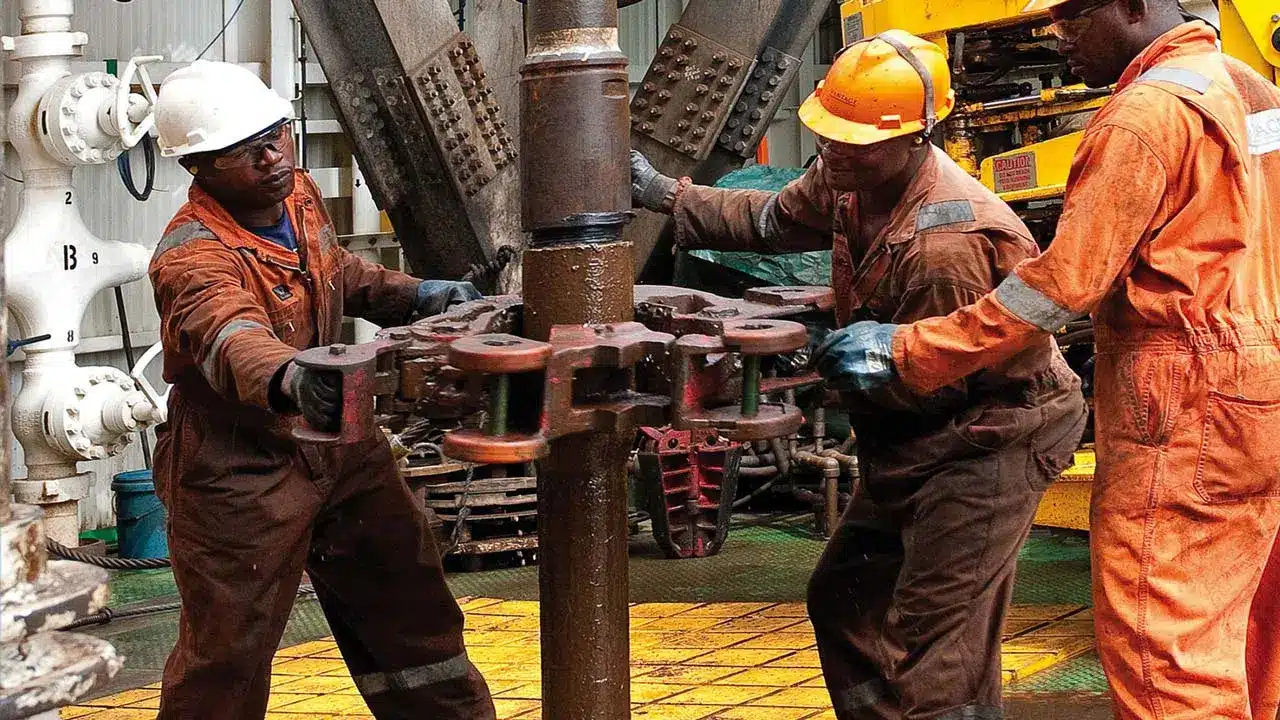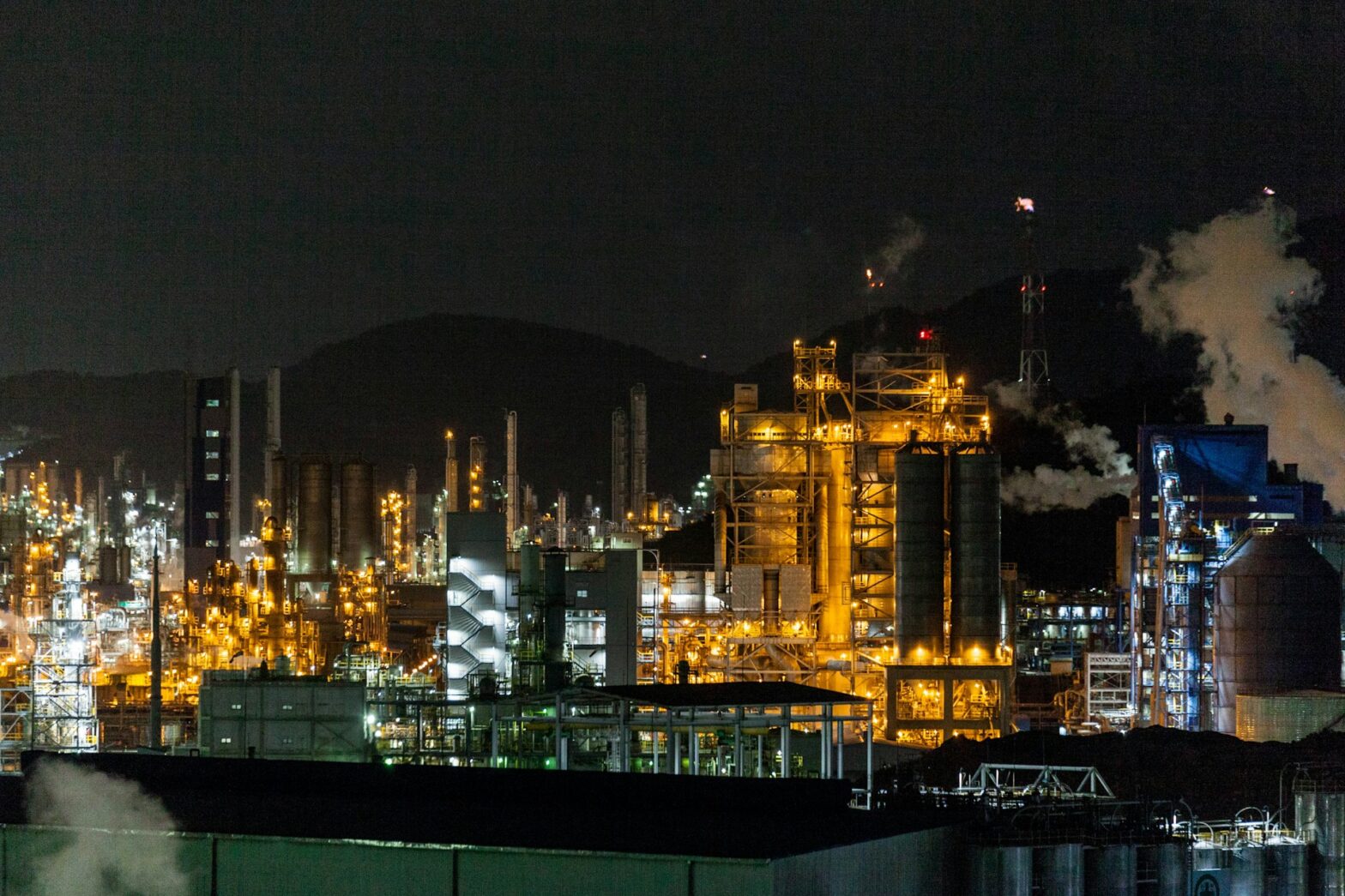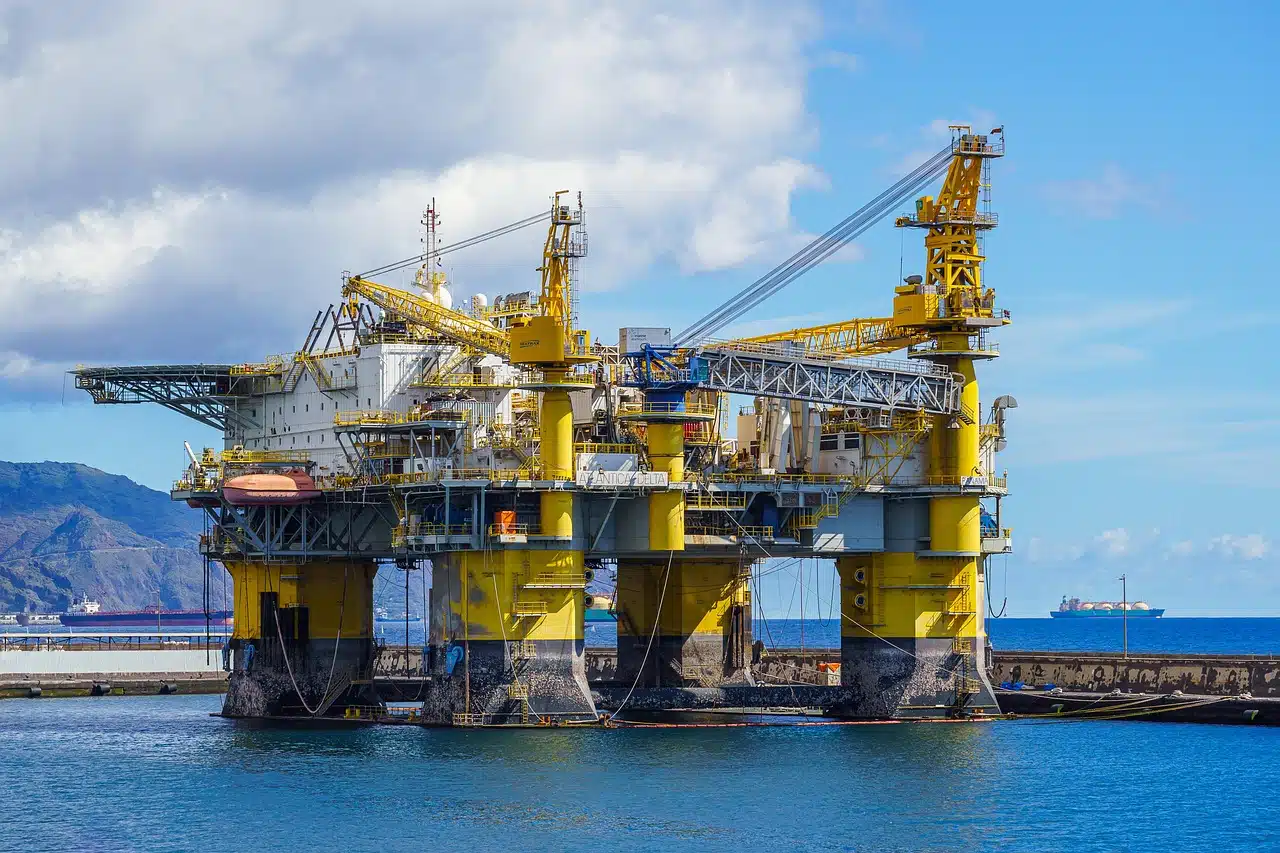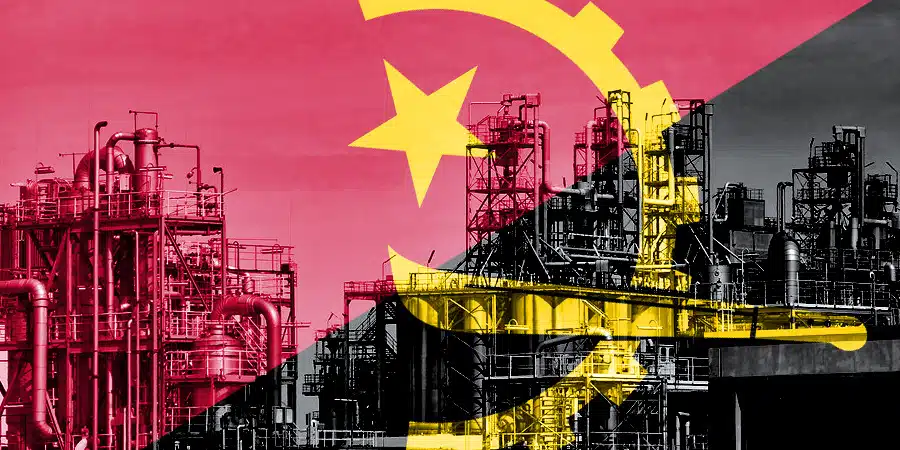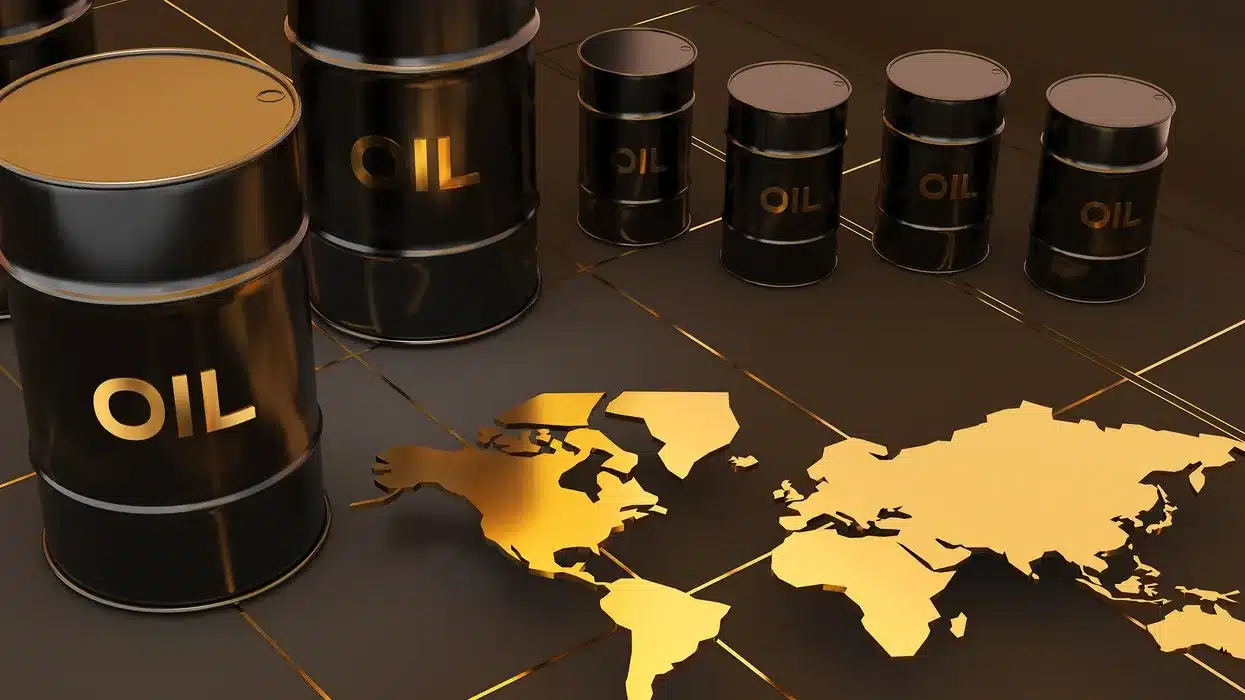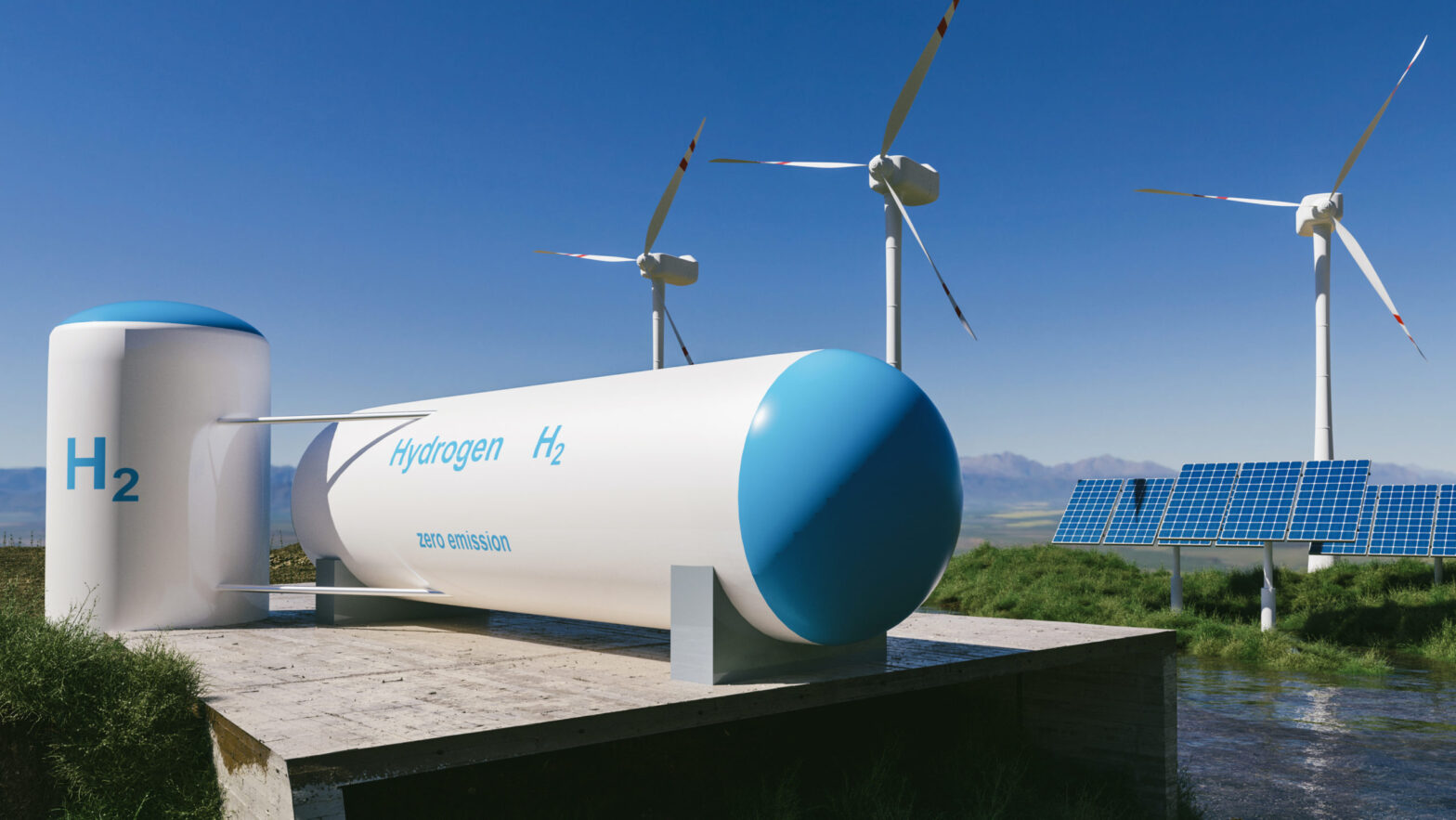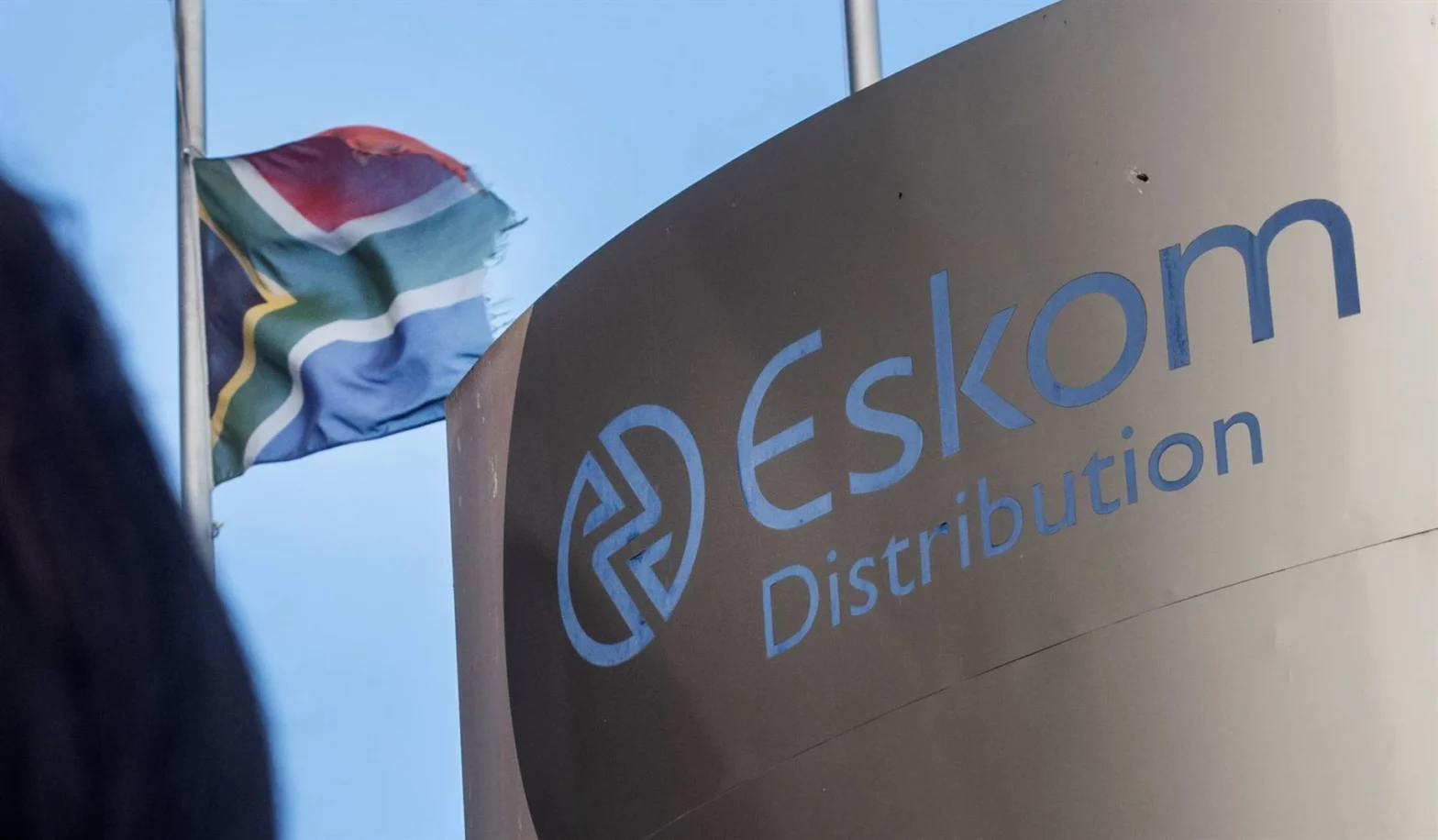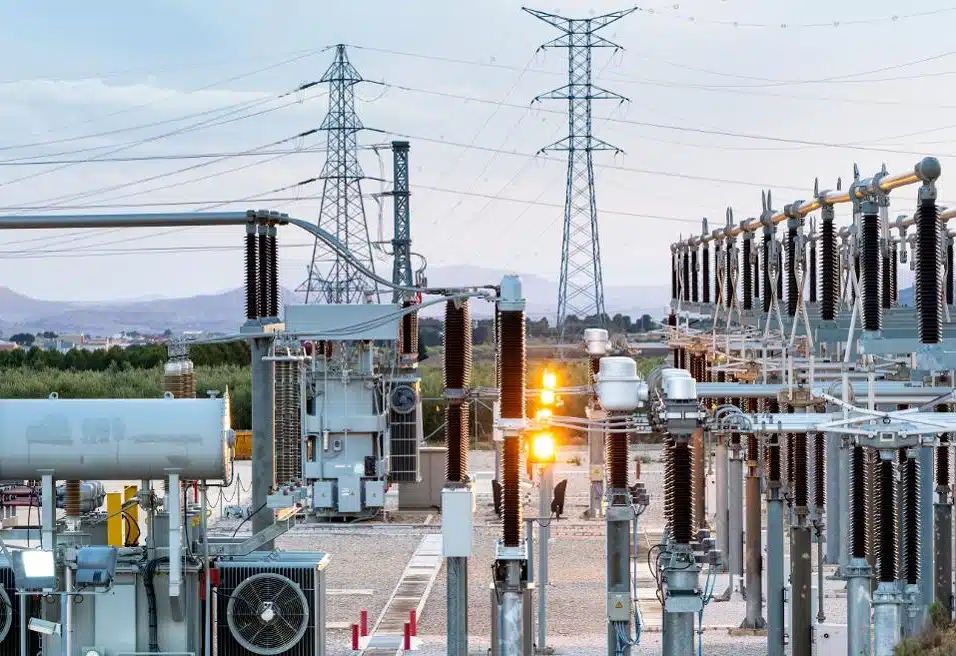The World Bank has stated that indigenous oil companies, alongside the Nigerian National Petroleum Corporation (NNPC), now account for 60% of Nigeria’s total gas flaring.
This is contained in its latest 2025 Global Gas Flaring Tracker report seen by Energy in Africa on Tuesday.
The report further disclosed that these oil firms, which it referred to as “smaller oil companies”, accounted for about 75% of 2024 flaring increase, painting a sobering picture of the unintended consequences of Nigeria’s push for local participation in its oil sector.
In 2024, Nigeria saw a 12% increase in gas flaring to 6.5 billion cubic meters, marking the second consecutive year of rising flare volumes.
According to the document, while the country’s oil production only grew by 3%, flaring intensity surged from 11.0 cubic meters per barrel (m³/bbl) in 2023 to 12.0 m³/bbl in 2024.
This is more than twice the global average, the World Bank said.
The shift from IOCs to indigenous players
Meanwhile, the report states that a key driver of this increase is the ongoing divestment of onshore assets by international oil companies (IOCs).
Over recent years, firms like Shell, Chevron, and others have been gradually withdrawing from onshore operations, transferring ownership to local firms and the state-owned NNPC.
While this transition aligns with Nigeria’s push for greater local content and energy sovereignty, it has also led to unintended operational consequences.
The data shows that upstream oil and gas facilities operated by NNPC and its wholly owned subsidiaries, along with smaller indigenous firms, accounted for 60% of all flaring in 2024.
Their share of the flaring increase was even more dramatic; a staggering 75%. And this is not without cost implications.
In a different report, the National Oil Spill Detection and Response Agency (NOSDRA) estimated the value of gas flared in the first six months of 2024 at approximately $360 million (about N600 billion).
Why the rise in flaring?
The increase in gas flaring is largely driven by increased upstream activities, thanks to better fiscal and regulatory policies.
In recent months, fiscal reforms implemented by the present administration have prompted oil operators—especially smaller firms—to maximise crude output.
This attracted $17 billion worth of investment into the country’s oil and gas industry in 2024.
As of July 2025, the number of active rigs has jumped by 30% to 46 in less than a year.
This rise indicates renewed exploration and production across both onshore and offshore fields.
In June, Nigeria didn’t just meet but also exceeded its OPEC quota of 1.5 million b/d for the second time this year after a 3.58% rise from May output.
Unfortunately, many of these increased output comes from operators that lack the infrastructure and financial capability to capture and utilise the associated gas produced alongside oil.
Another structural issue is that many flare sites are small and geographically isolated.
This makes it expensive and technically challenging to implement infrastructure for gas utilization.
The World Bank gas flaring findings from 2024 highlight a paradox at the heart of Nigeria’s oil reforms.
The push to localise the industry has succeeded in transferring ownership and creating indigenous capacity, however, without commensurate technical support, access to capital, and regulatory oversight.

